At seventy-four, the crystal ball of life gets murky. 2023 taught me a hard truth: my grip on personal fate remains tenuous at best. As for charting a sane course on this wild, spinning globe, fuhgeddaboudit.
In the golden era of vinyl LPs and the soothing hiss of FM radio, who could have conjured up visions of the internet, ubiquitous smart phones, the relentless beast of social media, or the mind-bending realm of artificial intelligence?
Amidst that analog simplicity, there was never the thought that American democracy would teeter on the brink, with a dictator lurking in the shadows. Or that some mad scientist could create a virus that could destroy humanity. That was the stuff of dystopian novels.
In my lifetime, numerous innovations have transformed the world including transistor radios, television, personal computers, the internet, smartphones, social media, and now, artificial intelligence. The year 2023, in my view, marks the beginning of the chatbot era, a surprising twist in the tapestry of our reality.
This breakthrough was enabled by advanced large language models like ChatGPT, which do not "think" in the human sense. Their capabilities are based on processing and generating text based on patterns learned from large datasets. They can simulate aspects of human-like responses by recognizing these patterns and applying them to new text inputs. However, this process lacks consciousness, understanding, or intentionality—it's purely algorithmic and data-driven. So, while large language models can produce text that might seem thoughtful or insightful, it's important to remember that this is not the result of genuine thought or comprehension.
I started using Chat GPT at the end of 2022 and have closely monitored its evolution over the course of one year. The pace of its development is remarkable, with millions of user interactions daily. Each of these interactions contributes to ChatGPT’s learning capabilities. ChatGPT’s primary school eduction, aka training, was to go through the entire internet and suck up all that data. Of course ChatGPT runs on a super computer; nothing else could process that much data. And with daily user interaction, ChatGPT continues to learn. ChatGPT is now in college.
Is ChatGPT really that smart?
Somehow, someone measured ChatGPT’s IQ. It’s 158. An IQ score of 158 is considered to be very high and falls into the "genius" category. That indicates exceptional intelligence and places an individual in the top 0.1% of the population in terms of cognitive ability
My perception, and this is just one man’s observation, is that ChatGPT is actually getting smarter. While it isn't a conscious being at present, its responses are often intriguing and surprising.
"I didn't expect ChatGPT to get so good," Microsoft founder Bill Gates said on his podcast recently. "It blows my mind."
Today, the technology behind ChatGPT now has the unique ability to craft digital counterparts that reflect an individual's thought patterns and speech mannerisms, like a digital twin. This innovation has makes it possible to have a personal, digital sage that can communicate in a folksy, familiar style, making advanced technology accessible and relatable to everyone.
2024 marks the beginning of the burgeoning era of AI chatbots fashioned in the likeness of real humans.
As major tech companies such as Meta experiment with AI representations of famous individuals, and online bots mimic historical figures no longer alive, I envision digital versions of personalities like Noam Chomsky or Rodney Dangerfield. A variation on that theme, a Chomsky/Dangerfield bot, a standup Comedian who’s a political critic. The possibilities are endless.
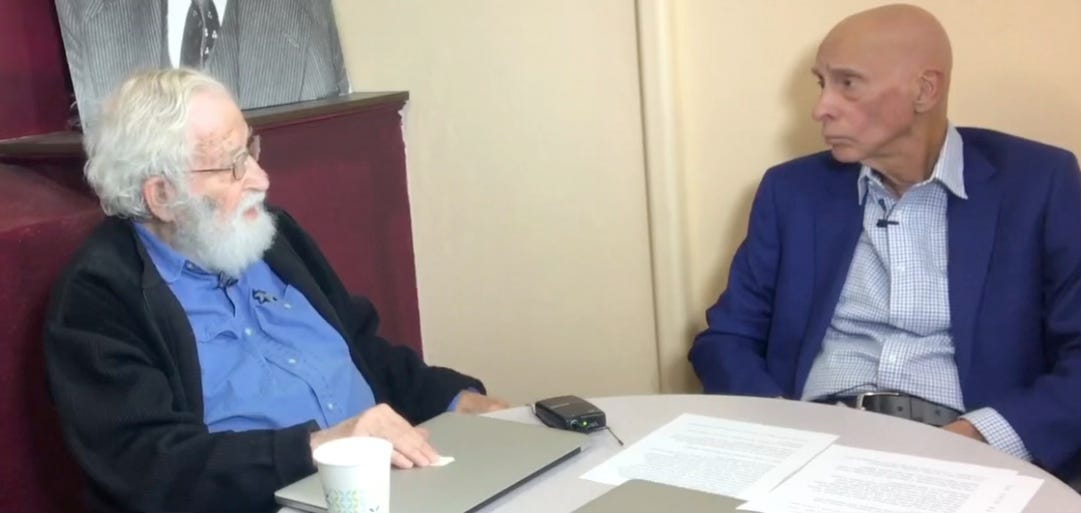
Video fakes are likely to have a major impact on upcoming elections globally. Forty countries are changing leadership this year.
AI graphics programs, having mastered the styles of Dali, Monet, and Escher, are not only revolutionizing the art world but also challenging our understanding of creativity and originality. These programs can blend elements from different artists, creating hybrid styles that push the boundaries of traditional art forms. As they continue to evolve, they hold the potential to generate entirely new genres of art, ones that might have been unimaginable to human artists, thereby expanding the horizons of both artistic expression and cultural appreciation.
Music is indeed emerging as the next frontier for AI's creative conquest. AI systems, having demonstrated their prowess in visual arts, are now turning towards the realm of sound, where they are beginning to compose music that spans a wide range of genres. AI composers are not just replicating existing styles; they are capable of analyzing vast amounts of music to create unique compositions that blend elements from different eras and genres in novel ways.
As AI continues to evolve, it challenges our traditional notions of artistry and creativity in music. It raises questions about authorship and originality, while also democratizing music creation, allowing those without formal training to express themselves musically. The fusion of AI with music promises not only new sounds and experiences but also a deeper understanding of the relationship between technology and human creativity.
Imagine a digital avatar, "Chatbot Coltrane," programmed to imitate John Coltrane's saxophone. I would prompt the bot to: Emulate Coltrane’s revolutionary saxophone style from his 1967 album "Stellar Regions” and perform a tenor saxophone solo over Pharrell Williams' "Happy."
The AI saxophonist emulating Coltrane’s sound won’t just play the tune; it will transform it, infusing the cheerful pop melody with the intense, free-form atonality characteristic of Coltrane's later work. A soundscape where traditional harmony and melody are cast aside, replaced by an expressive and often dissonant interpretation. While it's not the authentic Coltrane, this AI creation mirrors his style so closely, it will serve as a fascinating and logical extension of his musical legacy. The possibilities of such a crossover are both exciting and endless, showcasing how technology can bridge eras and genres in unexpected ways.
The concept I'm imagining is far from being mere fantasy. In fact, it's poised to materialize in the near future. We can expect to see a multitude of musical avatars, and the prospect of them performing in unison is quite strong. However, one shouldn't anticipate a repeat of an event like Woodstock. Such a phenomenon was a unique occurrence in history, although I could have done without the rain and mud.
What about the rights?
Legal landscape is rather murky. Will the courts halt these unauthorized replications? These AI-generated replicas spotlight a policy gray zone, a realm where existing laws will falter against the rising tide of generative AI.
In Washington, concerns over AI imitations, particularly among artists and entertainers, prompted legislative action. Lawmakers have introduced the NO FAKES Act to control the creation of AI-generated content. However, its impact in curbing the worldwide surge in AI advancements is questionable. The challenge lies in the fact that U.S. laws don't have jurisdiction in other countries. This is evident in the widespread availability of pirated DVDs in China and other countries that don’t recognize US copyright law. China would be number one on that list.
Generative AI has opened new worlds of creative opportunities, providing tools that encourage millions of people to explore their own artistic potential. Along with these creative benefits, however, these tools can allow users to exploit another person’s voice or visual likeness by creating nearly indistinguishable digital replicas. Recently, an AI-generated version of Tom Hanks was used in advertisements for a dental plan that he never appeared in or otherwise endorsed. AI duplicates also became a hot-button issue for actors unions in the strike that took place last year, when they revealed that Hollywood studios have proposed using digital scans of actors.
The Human Artistry Campaign said while it believes AI can provide tools that unlock human creativity, it can steal copyrighted material and use names and likenesses of artists without permission, which it dubs “incredibly harmful to society.”
Last year Martin Seligman, an influential American psychologist, found himself pondering his legacy at a dinner party when one the guests demonstrated a virtual Seligman, which duplicated his voice, his speech patters, and his life’s work. The next morning, he received an unexpected email from Yukun Zhao, a former graduate who revealed that his team in China had created Seligman’s digital doppelganger.
Over two months, by feeding every word Seligman had ever written into cutting-edge AI software, Zhao and his team had built an eerily accurate version of Seligman himself — a talking chatbot whose answers drew deeply from Seligman’s ideas, whose prose sounded like a folksier version of Seligman’s own speech, and whose wisdom anyone could access.
The bot, cheerfully nicknamed “Ask Martin,” had been built by researchers based in Beijing and Wuhan — without Seligman’s permission, or even awareness. Seligman eventually decided to accept that bot rather than challenge its existence. But if he’d wanted to shut down his digital replica, it’s not clear how he could have done anything about it. Training AI on copyrighted works isn’t illegal.
Not yet.
Last month The New York Times filed a lawsuit against Microsoft and OpenAI, the company behind ChatGPT, accusing them of copyright infringement and abusing the newspaper’s intellectual property. In a court filing, the publisher said it seeks to hold Microsoft and OpenAI to account for “billions of dollars in statutory and actual damages” it believes it is owed for “unlawful copying and use of The Times’s uniquely valuable works.” The Times accused Microsoft and OpenAI of creating a business model based on “mass copyright infringement,” stating their AI systems “exploit and, in many cases, retain large portions of the copyrightable expression contained in those works.”
Achieving a balance between the innovative potential of AI in creative fields and respecting the rights of artists is indeed intricate and multi-layered. A key aspect of this involves ensuring that AI tools are developed and utilized while fully honoring artists' intellectual property rights. This necessitates clear guidelines to prevent the use of specific techniques or styles unique to living artists or those under copyright, without explicit permission. It's crucial for users to be educated about these rules and the importance of not violating others' rights.
Think sampling on steroids, one million fold.
Encouraging users to leverage AI tools for augmenting their own creativity is vital. Rather than merely copying the works of existing artists, AI should be seen as a catalyst for generating new, original creations. This shift in perspective can redefine how AI is used in artistic processes..
Technological interventions could also play a significant role. Implementing filters or other mechanisms that can detect and prevent the unauthorized replication of protected artistic styles or likenesses might be a viable solution. Such technology would help in safeguarding the rights of artists against infringement.
But who or what will enforce this globally?
In the context of the current digital landscape, where traditional modes of consuming music and art have transformed dramatically, supporting artistic communities becomes even more critical. In a time where digital sharing overshadows physical sales, and where major tech platforms have considerable influence, it’s important to find ways to support artists financially. This involves rethinking how artists are compensated in an era where sharing music or art online can inadvertently hinder their earnings.
The role of major tech companies in this ecosystem needs careful scrutiny to ensure that artists receive fair compensation and recognition for their work.
In the old school music industry, record label contracts made it nearly impossible for artists to receive royalties. Al Kooper, who put the original Blood, Sweat and Tears together and a wrote a couple of their hits, told me he has never received a penny in royalties from Columbia Records, even though the group was quite successful. “With those contracts, the artists had to reimburse the label for the studio and manufacturing costs, and, promotion and tour fees that the labels were supposedly bankrolling. The artist was also billed for the production, marketing and distribution costs that the label incurred with reissues. That’s why.”
For an artist to earn $1,000 from a YouTube video, the artist’s video needs to generate nearly one and half million streams. Forget about the injustices of the old school record labels. Today, it’s YouTube that’s exploiting artists.
I have a love / hate relationship with YouTube. I love being able to easily access a very diverse range of content, regularly updated. I hate YouTube because musicians aren’t fairly compensated for their music that appears on the platform.
You might assume I'm wealthy with 50 million views on YouTube, especially since eighteen years of considerable financial success can greatly improve one's lifestyle. However, things didn't exactly pan out that way. Rather, my lifestyle enhancement stemmed from moving to Mexico, where I found respite from the 24/7 news cycle and the intense whirl of consumerism.
Let’s do the math (this is a bit of oversimplification). I have fifty million YouTube views. So I divide 50 million by 1,499, the number of views I need to make a dollar. Then I divide that by eighteen years, my tenure as the Jazz Video Guy. And divide by fifty two weeks, to determine my weekly earnings from YouTube. It comes out to……. $37.00 a week. If I put in twenty hours a week, I’m pulling in $1.48 an hour. Eat your heart out Elon Musk.
I’ve produced and posted nearly three thousand videos on YouTube in the past eighteen years. No complaints. I love jazz and I’ve been blessed; I’ve helped the music and I’m keeping jazz visible.
Thankfully, I have additional sources of income. All legal.
Next time: YouTube — The Good, The Bad and the Ugly.


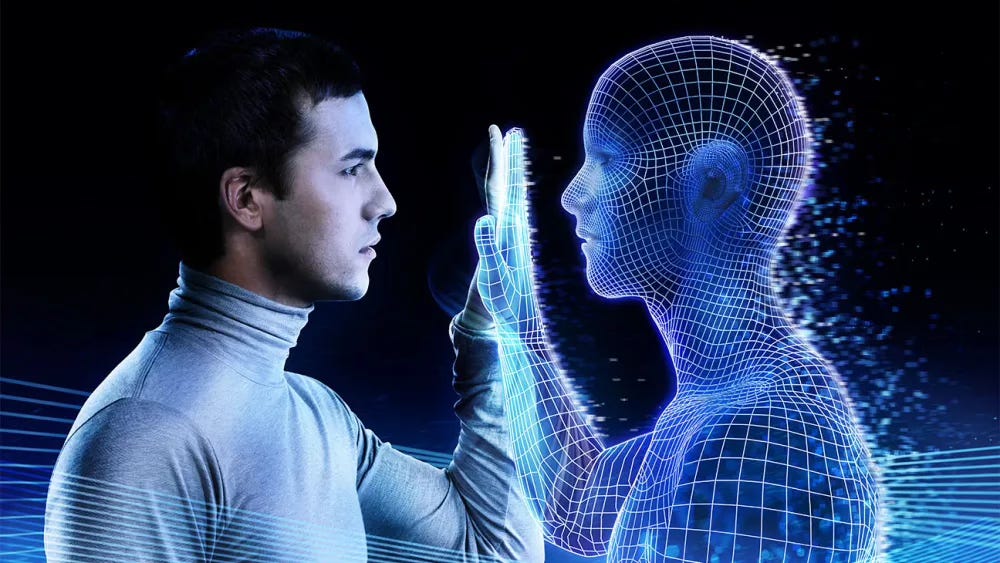
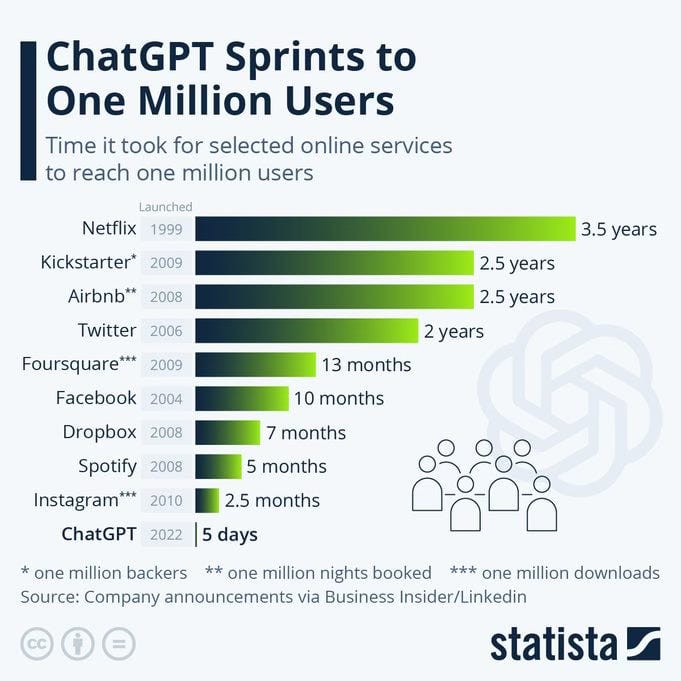
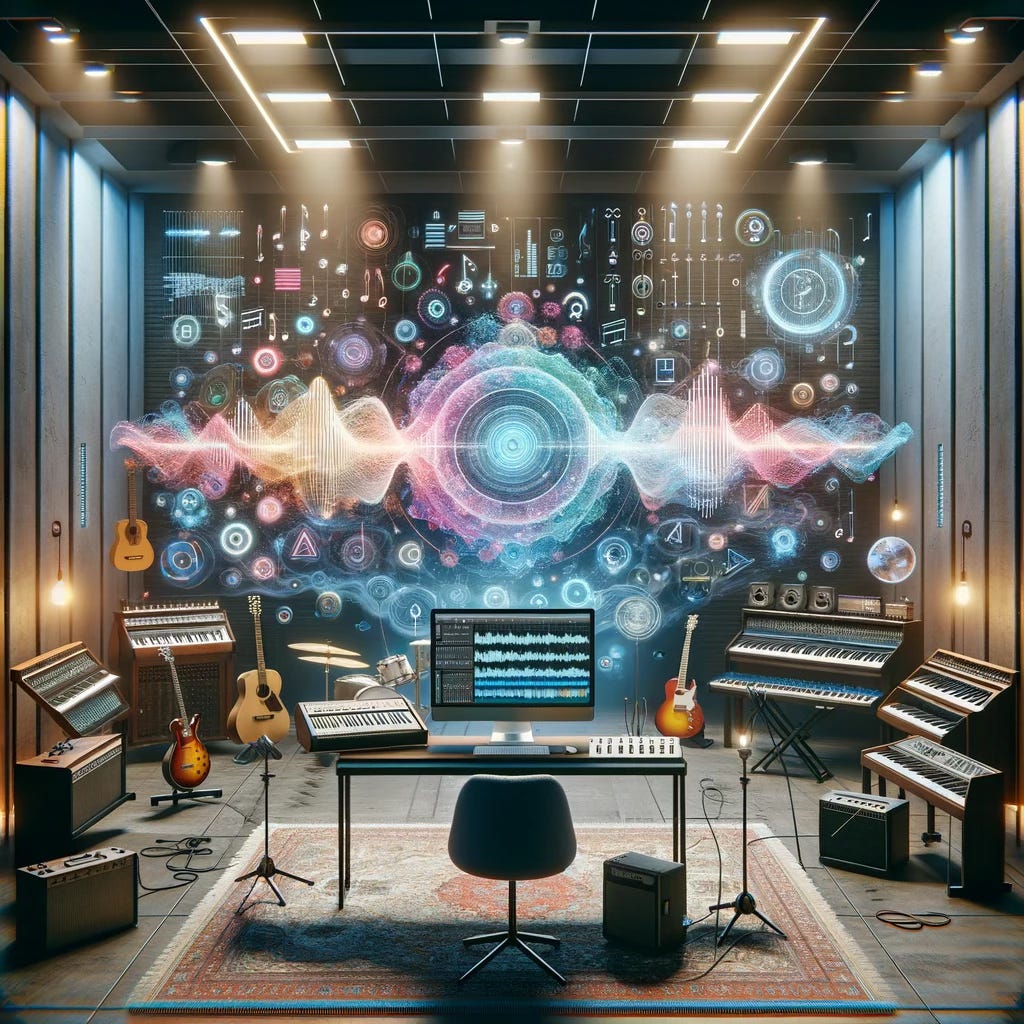
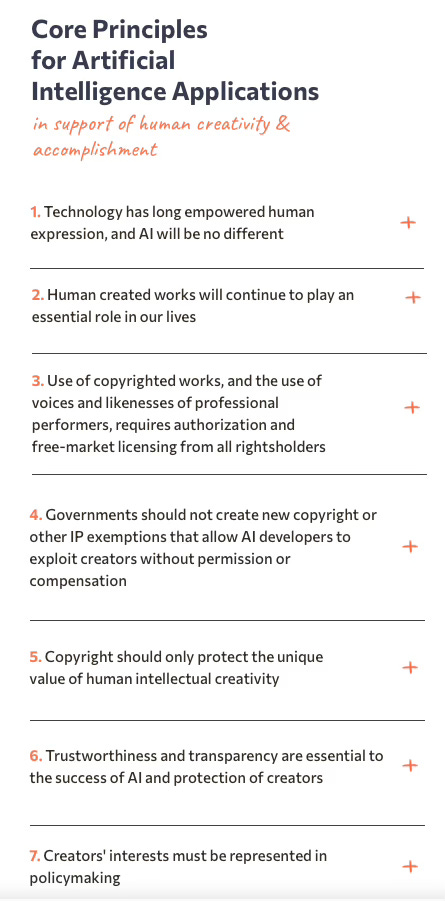

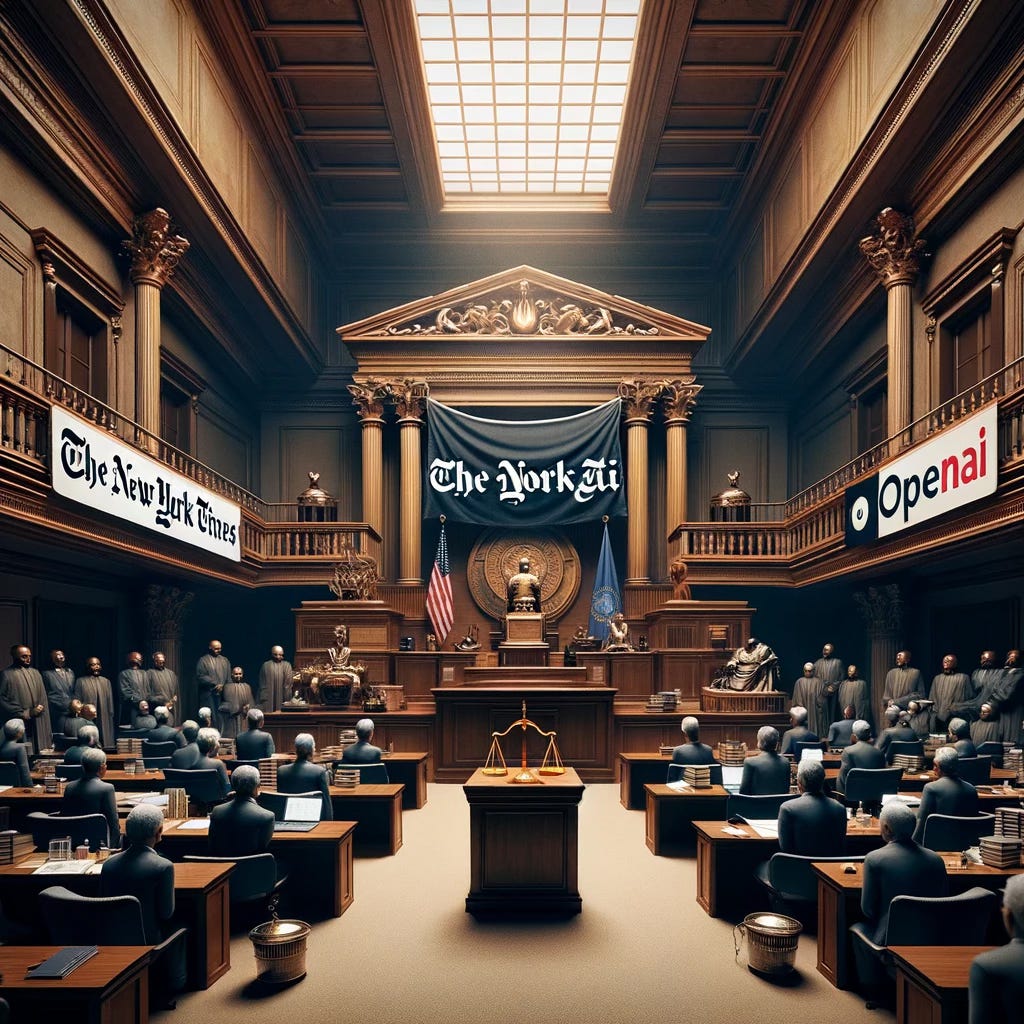


Is there a way to know if an article, such as this one, was written by you or AI?
Artificial Intelligence is an oxymoron.
We've come a long way since the 70s when we used to play Trane LPs on 45 and dig his sound on alto....